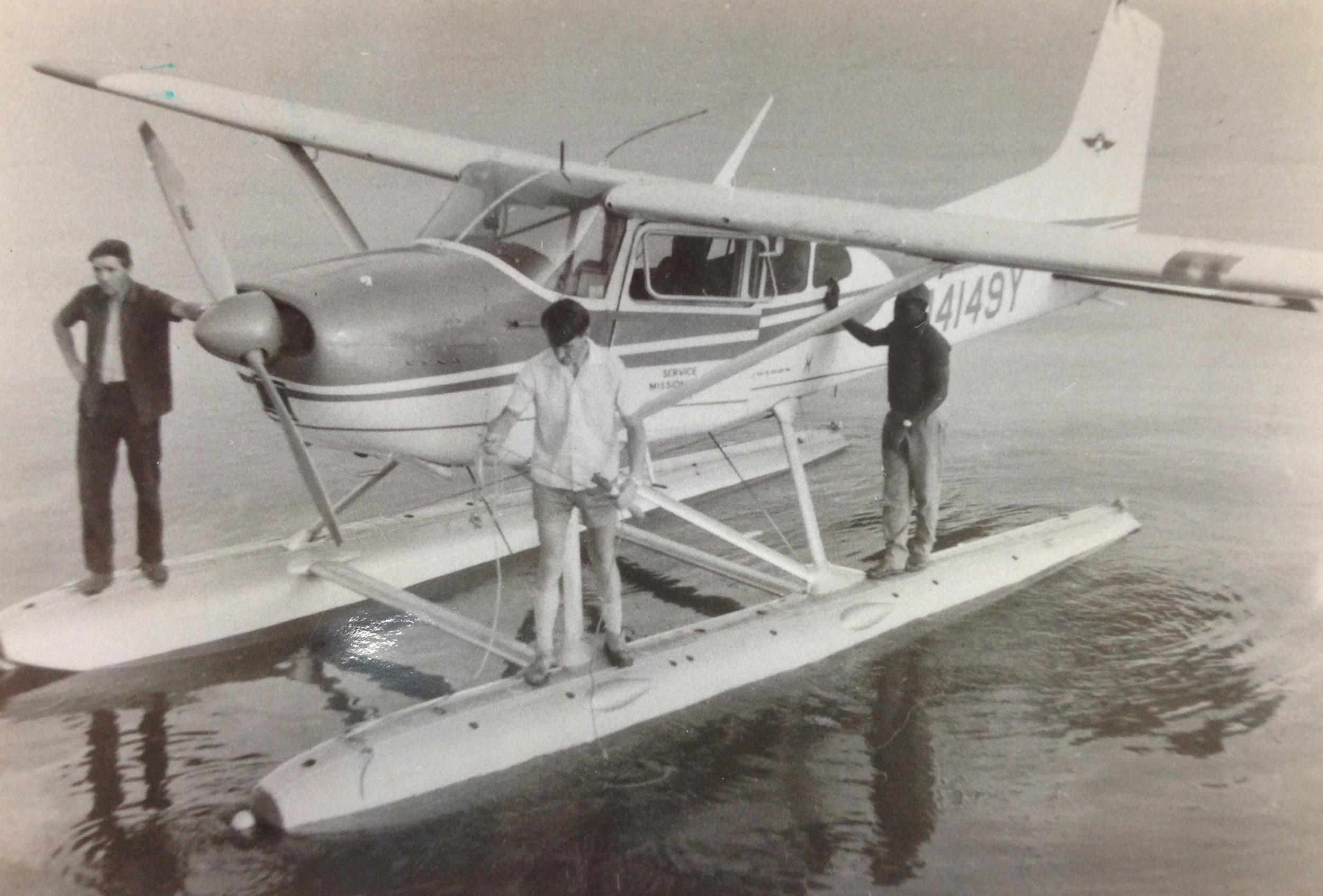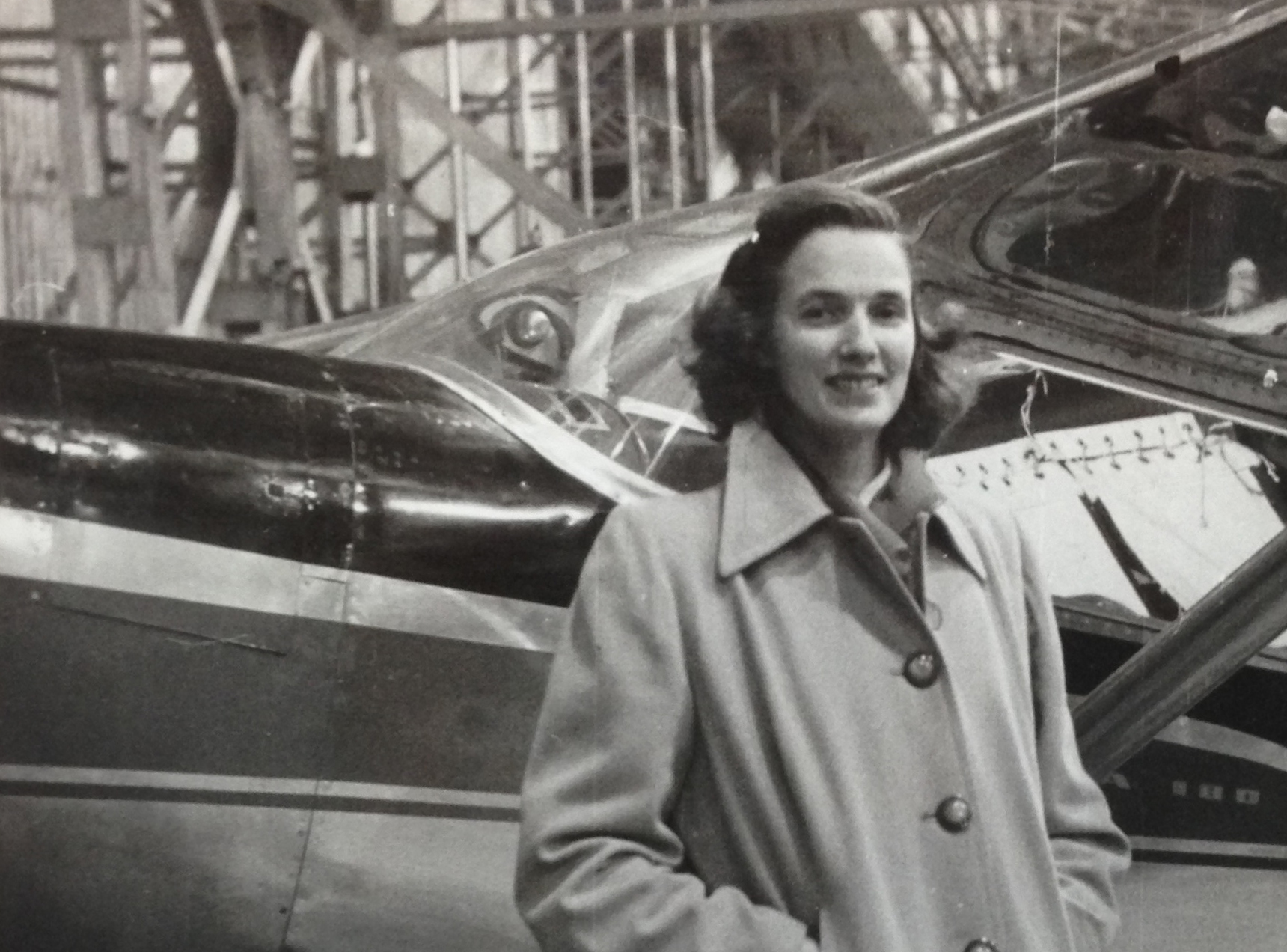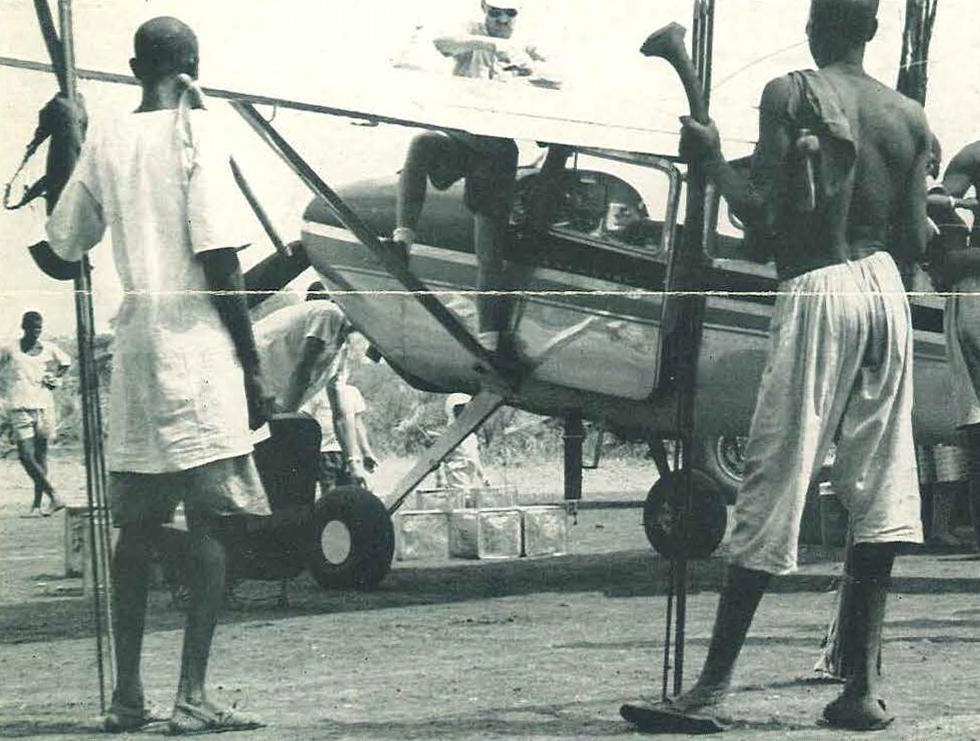Dissertation Work
My dissertation explores the cultural and transnational contexts of global Christian missionary organizations, with principal focus being on those operating between 1908-58. My research is organized around two main themes. The first suggests that mission organizations were exceedingly concerned with the public perception of their work. The second, that the use of technology by mission organizations had both utilitarian and propagandistic purposes.
Lamin Sanneh has written eloquently as to how missionaries “translated” Christianity into the vernacular of receiving cultures. Christianity would not have expanded beyond its origins as a small Jewish sect had not Christian evangelists translated their faith into words and customs intelligible first to the Greeks, and then eventually to those around the globe. Sanneh is essential for understanding this process. His work serves as a launching point for my research. Yet, wherein Dr. Sanneh has examined the process by which missionaries shared their faith abroad, I explore the method by which missionaries translated Christian missions into a language intelligible to those from their own country. Although 19th and early 20th century Britain may have been at the least nominally “Christian,” evangelistic mission was most certainly not the faith common. Therefore, in order to find donors, volunteers, and even missionary volunteers, mission organizations and evangelists first translated the ‘mission call’ into a language comprehensible to their fellow British.
My dissertation explores this phenomenon through the prism of aviation culture, and utilizes the internal memos and publicity documents of the Church Missionary Society (CMS), Missionary Aviation Fellowship (MAF), the Movement for World Evangelism (MWE), and other select Protestant and Catholic mission organizations. I argue that in the first half of the twentieth century missionary organizations from the UK, and around the world, embraced aviation, but surprisingly with only a passing regard for that technology’s actual utility in the mission field. They did so for two reasons. First, because they themselves bought into contemporary faith in the transformative power of science to improve the world and even the human condition. Second, because they understood that this same technology permitted them to fashion a narrative, a public image, of their work that was as modern, relevant, and transformative as the equipment they flew. Throughout the early twentieth-century, mission groups used aircraft to transform missions from a relic of Victorian religiosity into a modern enterprise. They translated the message.
Naturally, as popular interest in aircraft evolved with time, so too did missionaries’ use of aircraft to fashion their own public image. As example, I show that the successful and continued operation of CMS and MAF lay not just in clever marketing, but in a continual recalibration of their public narrative. Flying aircraft in the 1950s, missionaries from both CMS and MAF repositioned their missionary efforts as a component of global development and the alleviation of global suffering. In so doing, they provided their British supporters with an opportunity to feel as if they were part of a larger body making a positive difference in the world – even in the midst of decolonization. What is especially interesting is that neither CMS’ nor MAF’s mission work radically evolved in the 1950's. What changed was the level to which these mission organizations more fully wrapped their image within a cloak of humanitarianism and global development.
Although my main arguments focus on how missionaries translated the idea of mission, my work unearths additional key concepts. My research into the global branches of MAF reveals the important role played by transnational networks built between Protestant soldiers during World War 2. Evangelical military personnel took advantage of relationships constructed through common military backgrounds to foster global relationships and cooperation among missionary organizations. These wartime connections created new global support networks from whence Protestant mission organizations could draw assistance. Furthermore, they enabled fluid interaction among global mission groups that helped dissolve theological barriers set up between evangelical Protestants.





























